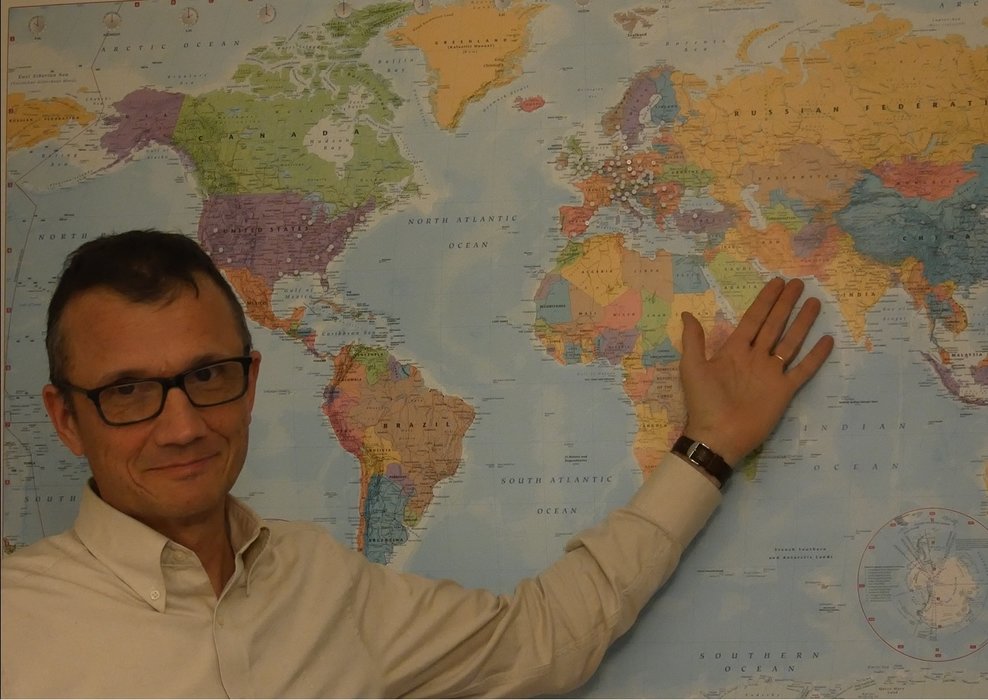www.magazine-industry-usa.com
14
'19
Written on Modified on
Offshoring, backshoring, or just... relocation?
After a significant wave of "offshoring" in the past decades, the “backshoring" of industrial activities is becoming more and more frequent. But... what happened?

In the 1990s, North American studies predicted the displacement of more than 3 million white-collar jobs to India (including more than 500,000 computer scientists)... In the early 2000s, leaving extreme poverty, China became "the factory of the world"... In the 2010's, Brazil developed its domestic market and attracted factories...
Labor costs... labor force... skills... industrial real-estate costs... legal and tax benefits... proximity to raw materials... emerging market... The motivations have been diverse. The multivariable equation has never been simple and basic. But in any case, the impact on industrial production units has always been significant.
And the story didn't stop.
Backshoring! In recent years, the industry has been going backwards. For some, the factories are coming back. For others, the factories are leaving.
Reduction of transport costs and delays... new taxes on imports... jobs creation... coordination between teams (design-production-marketing)... quality improvement... protection against espionage... skills developement... carbon footprint... demand from the original customers... new customs constraints...
Here again, a multivariable equation neither simple nor basic. But once the decision is made, it is considered that in 10, 20 or 30 years, the professions have evolved. The know-how has changed. Production techniques and methods have changed.
In fact, this change is becoming a tremendous accelerator for the development of digital factory concepts. A full-scale field of application for new technologies, new materials, equipment, software. All these new products and solutions that make and will make factory 4.0 (you will find them every day in our columns).
Localization. In fact, the factory is getting closer to the customer to limit costs. Cheap labor or advanced digitization of the plant? In real, the production method adapts to the market in which the plant is located. In a way, the manufacturing process is "localized"!
Enjoy reading!
••• Bruno FORGUE
www.mepax.com

